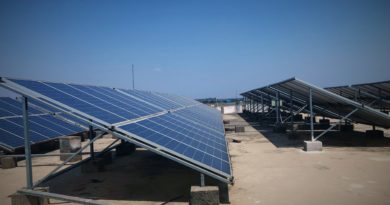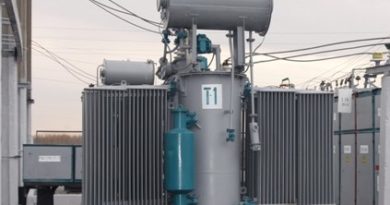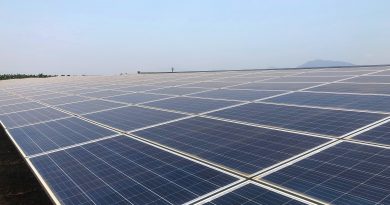Solar PV Systems Module Cleaning: Should not be a post factor consideration
Module cleaning is one of the most important activities under Operation & Maintenance(O&M) of any Solar Photovoltaic (PV) system. The trend in India is to be reactive rather than proactive for module cleaning. Due to this the plants suffer not only on performance post commissioning but also on the operational costs and life of the system.
A major factor in the drop of efficiency of Solar PV panels is the accumulated dust on the panel. The nature of the problem may vary by geographical locations. The cases are evident where Solar plants had suffered a 50% or more fall in performance due to non-cleaning of modules, often for several months. Again, soiled modules are prone to overheating. Hotspots can occur where dust accumulates, and this can be accelerated to the potential induced degradation(PID) of the modules.
We mainly plan for module cleaning at the post commissioning stage say for example by involving local unskilled workforce through ground water usages. There is a possibility of reduction of dust accumulation by proper consideration of the tilt angle at the design stage itself such as altering the tilt angle by one or two degrees. This has the potential to make the panels resistant towards soiling on modules up to certain extent. The studies say that it should not be just as per the latitude value but based on the soiling parameters too.
The question arises can it only depend on the water-based cleaning considering the fast depletion of this precious resource and the non-availability throughout the year in some places. The irony is that some of the most potential solar generating locations are most water stressed areas. The dry form of cleaning is also available. As per the scope of this article, the discussion is being restricted only on the wet form of cleaning and possibilities to conserve water by better planning of module cleaning as per the need of the plant and just not as per the contractual obligations. This is something possible only through awareness creation amongst all the stakeholders of the solar PV systems O&M.
Considering the 25 years life of a solar power plant, will it not be too risky to depend only on water-based module cleaning? Let’s see water requirement of a typical solar power plant for module cleaning. A solar panel needs around 2.5 Litre water to clean once. Considering a plant capacity of 10 MWp with around 33000 panels, it needs around 85,000 Litre of water to clean in a cycle. Usually, one plant goes for 21 to 24 cycles of cleaning in a year and so the extent of water requirements can be understood.
Again, the quality of water (should be soft water) is also an important consideration to avoid scaling after evaporation.
The effort should be how the water usage can be minimized, dust accumulation on the panels can be reduced and alternate systems of cleaning can be used. All these will be explored further in the following articles on module cleaning.
References:




What are the alternatives possible to the water-based cleaning?
Pingback: Role of Water in long-term Performance of Solar PV Plants - SolarPost
Pingback: Module Cleaning based on Informed Decision in Solar PV Plant - SolarPost
These simple tips are really simple. I have used all these tips first of all thank you so much for this solar energy blog/30 investment tax credit for solar power in 2019 post and honestly I was searching for the same information from last few days. Keep posting and keep sharing.
Solar panels are generally self cleaning, but in particularly dry areas or where tilt is minimal, dust and other substances such as bird droppings can build up over time and impact on the amount electricity generated by a module. So we need to have it checked and cleaned.